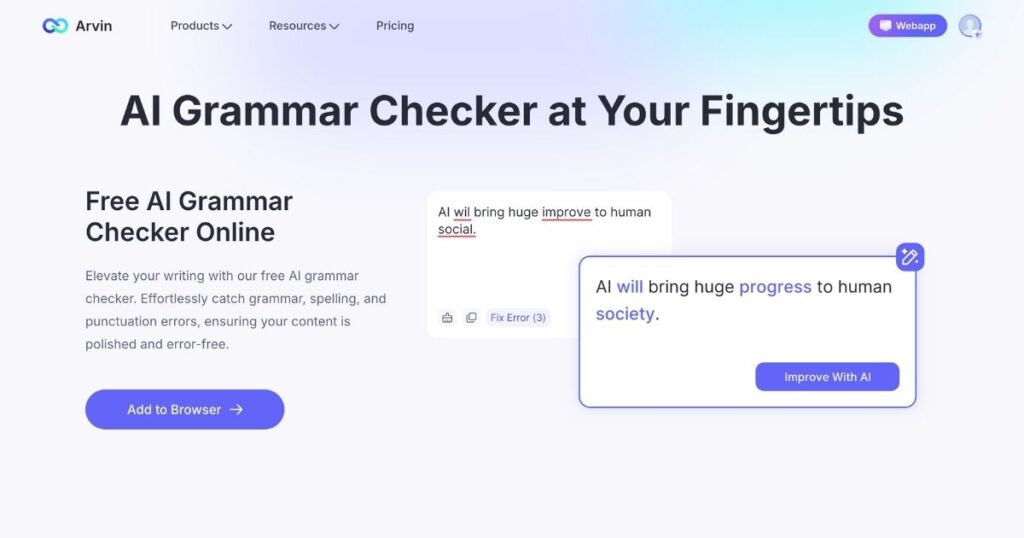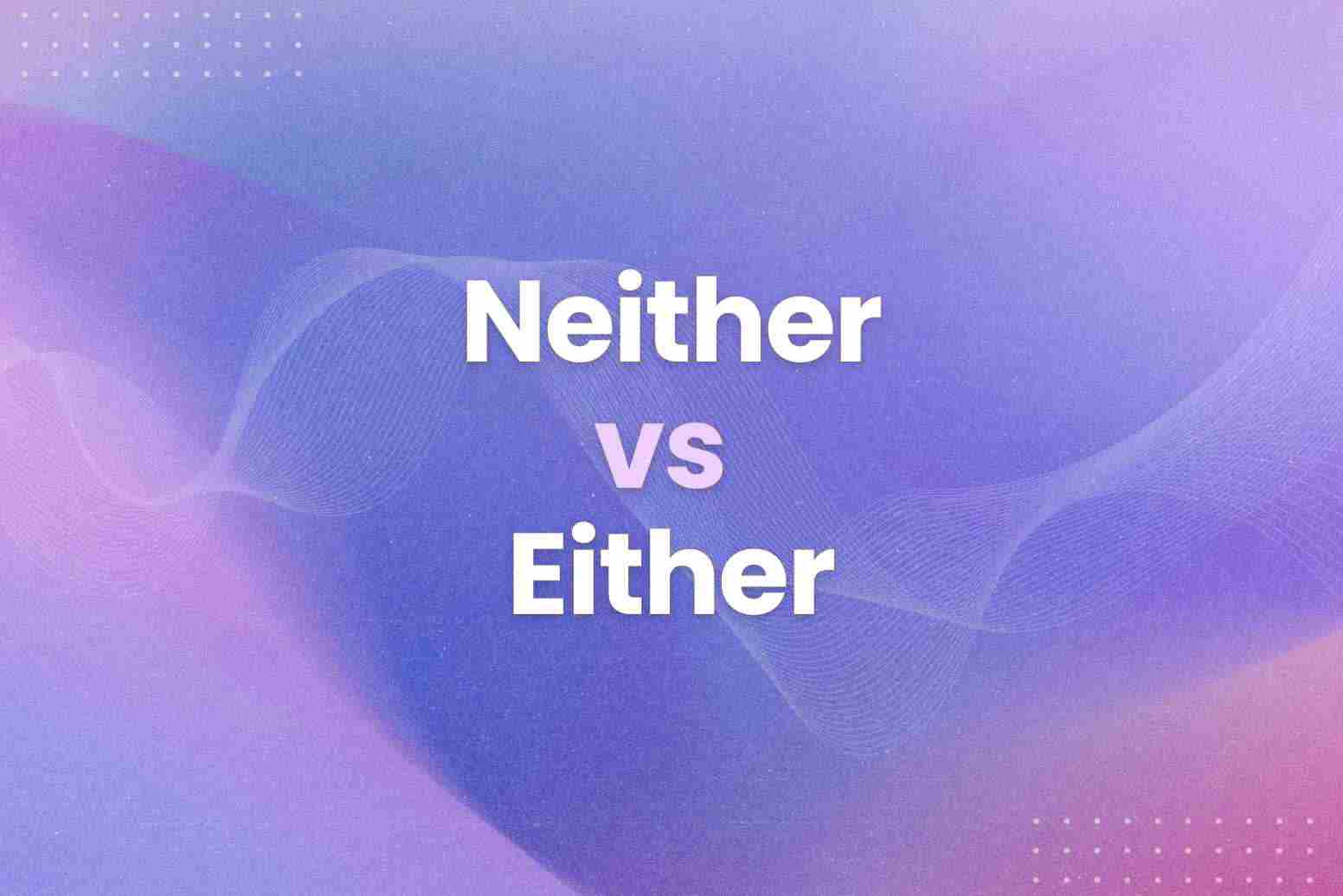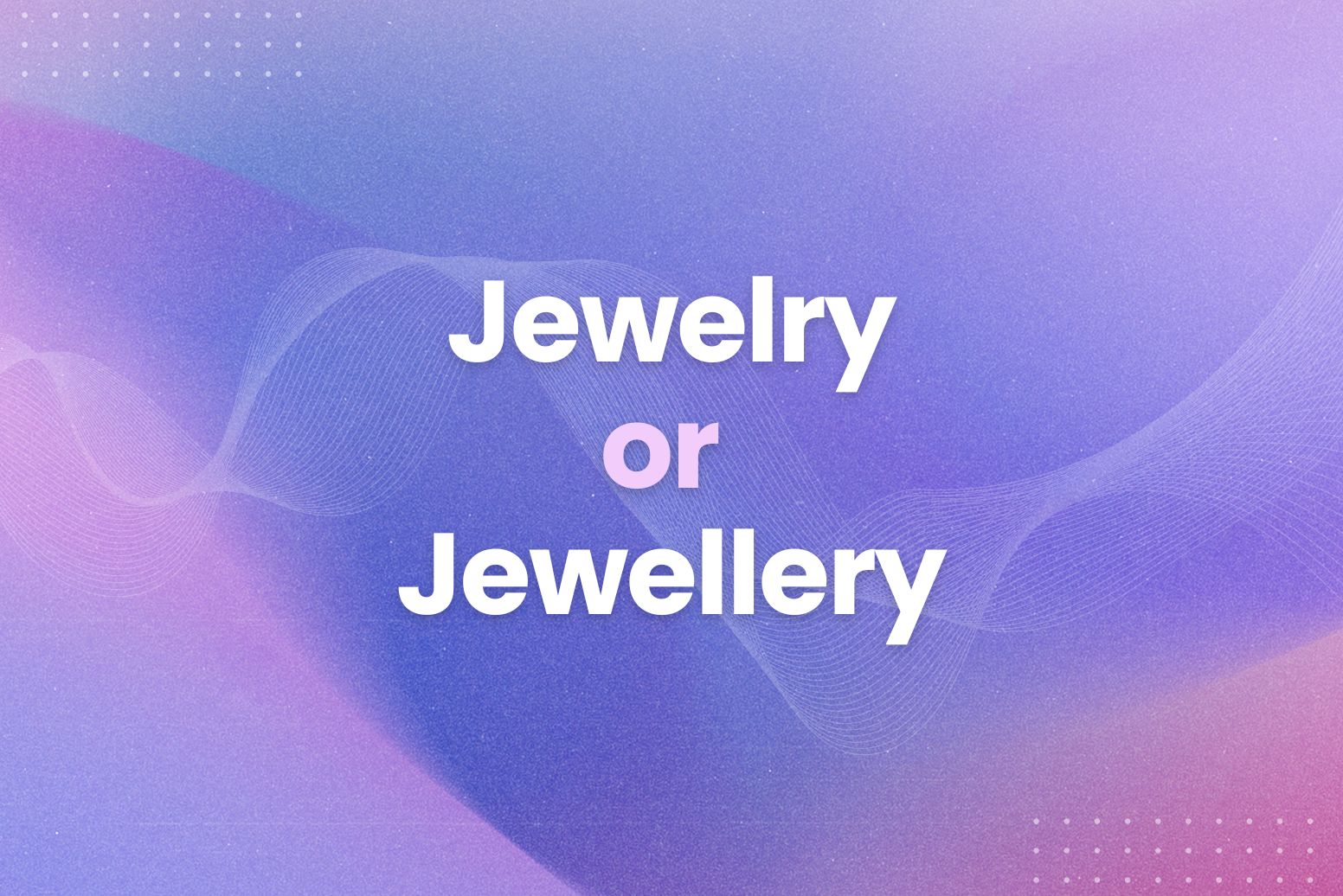It’s easy to confuse “neither” and “either,” even for experienced writers. But fear not, grammar guru, because we’re about to break down the difference between these two words once and for all.
Here’s a quick test:
- Which sentence is correct?
- “Neither John nor Mary likes to dance.”
- “Either John or Mary likes to dance.”
If you’re not sure, don’t worry. In this guide, we’ll cover everything you need to know to use these words correctly:
- Clear definitions of “neither” and “either”
- Examples of how to use each word in a sentence
- Common mistakes to avoid (and how to fix them)
- Easy tips to remember the difference
By the end, you’ll be wielding “neither” and “either” like a pro. Let’s get started.
Defining “Neither” and “Either”
Let’s start with the basics. What exactly do these two little words mean?
- Neither: This word indicates that none of the options presented are valid. It’s like saying “not this one and not that one either.” You use “neither” when you’re talking about two things, and you want to exclude both of them.
- Either: This word suggests that one of the two options works. It’s like saying “this one or that one, but not both.” You use “either” when you’re presenting two choices, and only one of them can be true.
Think of it this way: “neither” closes doors, while “either” opens them (but only one at a time).
Pro Tip: Arvin’s grammar checker can help you use “neither” and “either” correctly in your writing. Just install the extension, and you’ll get instant feedback on your grammar, spelling, and punctuation. It’s like having a personal editor on hand 24/7.

Some Examples for Better Understanding
Now that we’ve got the definitions down, let’s see these words in action. Here are some examples of how to use “neither” and “either” correctly in a sentence:
Neither:
- Neither the cat nor the dog wanted to go outside in the rain. (Both the cat and the dog disliked the idea of going out in the rain.)
- Neither of the dresses fit me properly. (Both dresses were the wrong size.)
- I like neither coffee nor tea. (I don’t like coffee, and I don’t like tea.)
Either:
- You can have either the apple or the banana. (You can choose one fruit, but not both.)
- Either you finish your homework, or you can’t go to the party. (Only one of these options will happen.)
- We can either go to the movies or stay home and watch a movie. (We have to choose one activity.)
Notice how “neither” and “either” often appear with correlative conjunctions like “nor” and “or.” These conjunctions help connect the two options being discussed.
When using “either/or” in a sentence with a verb, the verb should agree with the noun or pronoun that is closest to it. For example, you would say “Either the boys or the girl is going to the park,” not “Either the boys or the girl are going to the park.” Arvin can help you catch these tricky subject-verb agreement errors.
Common Mistakes (and How to Fix Them)
Even though neither vs either seems simple enough, they can be tricky. Here are some common mistakes people make when using these words:
Using “neither” with “or”: Remember, “neither” always pairs with “nor.” Never use “neither” with “or.”
- Incorrect: Neither the blue shirt or the red shirt looked good on me.
- Correct: Neither the blue shirt nor the red shirt looked good on me.
Using “either” with “nor”: Similarly, “either” always goes with “or.” Don’t mix it up with “nor.”
- Incorrect: You can either choose to stay home nor go to the party.
- Correct: You can either choose to stay home or go to the party.
Using “neither” or “either” with more than two options: Both “neither” and “either” are used strictly for two choices. If you have more than two, you’ll need different words.
- Incorrect: Neither the red, blue, nor green shirt looked good on me.
- Correct: None of the shirts looked good on me.
Incorrect subject-verb agreement: As we mentioned earlier, pay attention to subject-verb agreement when using “either/or.”
- Incorrect: Either my mom or my dad are coming to pick me up.
- Correct: Either my mom or my dad is coming to pick me up.
If you’re ever unsure about whether you’re using neither vs either correctly, try rephrasing the sentence. For example, instead of saying “Neither of the books were interesting,” you could say “Both of the books were boring.” This can help you identify any errors.
Remembering the Difference: Neither vs Either
Need a quick and easy way to remember when to use “neither” and when to use “either?” Here are a few tricks:
- “Neither” = Negative: Think of “neither” as the negative option. It negates both choices.
- “Either” = One or the Other: “Either” gives you a choice between two possibilities. It’s like flipping a coin – heads or tails, but not both.
- The “N” Trick: “Neither” starts with “N,” which can stand for “none.” “Either” starts with “E,” which can stand for “one” (of the two options).
- Visualize: Imagine two doors. “Neither” slams both doors shut. “Either” opens one door but keeps the other closed.
Sometimes the best way to learn a grammar rule is to see it in action. Use Arvin to analyze any webpage and highlight all instances of “neither” and “either.” This can help you understand how these words are used in context and improve your own writing.
Now That’s All About Neither vs Either
You’re now officially a “neither” and “either” expert. With these simple explanations and handy tricks, you’ll never confuse these two words again. Go out there and write with confidence.
Here are the key takeaways to remember:
- “Neither” excludes both options.
- “Either” presents a choice between two options.
- “Neither” pairs with “nor,” and “either” pairs with “or.”
- Pay attention to subject-verb agreement when using “either/or.”
Want to write with even more confidence? Arvin can help. Our AI-powered grammar checker will catch any mistakes and suggest improvements, so you can be sure your writing is always clear, concise, and error-free.
FAQs about Neither vs Either
Use “neither” when you want to say that two things are not true or possible. For example, “Neither the red shirt nor the blue shirt fit me.”
Use “either” when you want to say that one of two things is true or possible. For instance, “You can wear either the black dress or the white dress.”
The correct phrase is “me neither.” Here’s why:
“Me either” would imply agreement with a positive statement. For example, if someone says, “I like pizza,” you would respond, “Me too!”
“Me neither” expresses agreement with a negative statement. So, if someone says, “I don’t like broccoli,” you would say, “Me neither!”
Either/or: “You can either go to the park or stay home.” This sentence presents two choices, and you can choose one.
Neither/nor: “Neither the dog nor the cat wanted to go outside.” This sentence excludes both options—the dog didn’t want to go out, and the cat didn’t either.
The main rule for “neither” is that it always pairs with “nor.” Never use “neither” with “or.” Moreover, remember that “neither/nor” is used to talk about only two things. If you have more than two, you’ll need to use a different word, like “none.”






